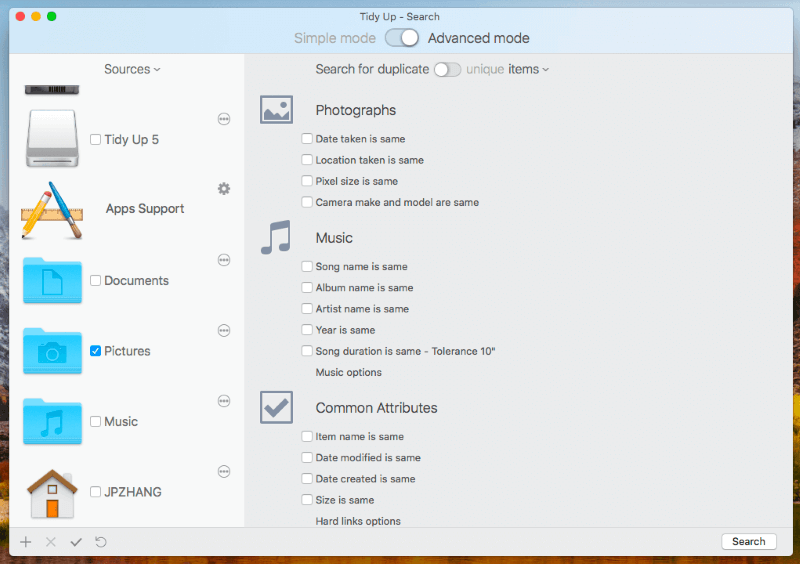
Note the amounts used for canning and freezing–the pints and quarts yield.

Keep track of rainfall–note the extent of storms and the number of inches of rain in the garden. Watering and rainfall: note irrigation and rainfall so that you don’t over or underwater.Planting preparation: soil tilling or digging, amendments added to the garden, mulching, and staking.This will help you harvest your crops at the peak of maturity. Expected harvest times: Count ahead the days to maturity for each crop and note on the calendar the anticipated harvest time for each crop sown today.Your record can include where and when you bought seeds and starts and how much they cost. Month-by-month vegetable garden calendar.Your garden map and overlays should note early, midseason, and late plantings–the rows and beds. You can use trace paper set over your map to plan out succession crops and crop rotations. Lay out rows and beds and note important details such as shade from nearby buildings or trees, breezy areas, and extra wet or dry spots in the garden. A simple drawing on graph paper is all you really need. In addition to a calendar, a vegetable garden map will help you keep track of where each crop is planted. Good Products for Raised Bed Growing at Amazon:

The few minutes you take each day will pay off when harvest time or the next growing season rolls around. Take a couple of minutes after each visit to the garden to jot down what you’ve attended to. Keep the calendar in the garden shed or next to the door that leads to the garden. Keeping track of the garden in your head is next to impossible.Ī large calendar with extra space each day for record keeping is ideal. Use the garden map to record where you plant each crop or plan to plant later in the season. Use the calendar to record when you start seeds when you plant in the garden, and when you expect to harvest each crop. Keep a vegetable garden calendar and map.


 0 kommentar(er)
0 kommentar(er)
